A Secret Village Hidden From Sight
WHERE: Piódão
Hidden deep in the lush mountains of Serra de Açor (Goshawk Mountains), Piódão is truly a village that time forgot. Almost abandoned until a few decades ago, it was only accessible by horseback or on foot until the 1970s. Even though you can now drive in, the trip is a nail-biter—the road is narrow and steep, and given there are no guardrails, the hairpin turns are terrifying. The village itself is postcard perfect. Clinging to the ledges of a deep valley, it’s a cluster of cottages made entirely of dark brown, stacked schist rock and roofed with overlapping sheets of slate. The narrow streets are also made of schist, giving the entire village an ancient, monochromatic feel. The lone exception is the village’s white stone church.
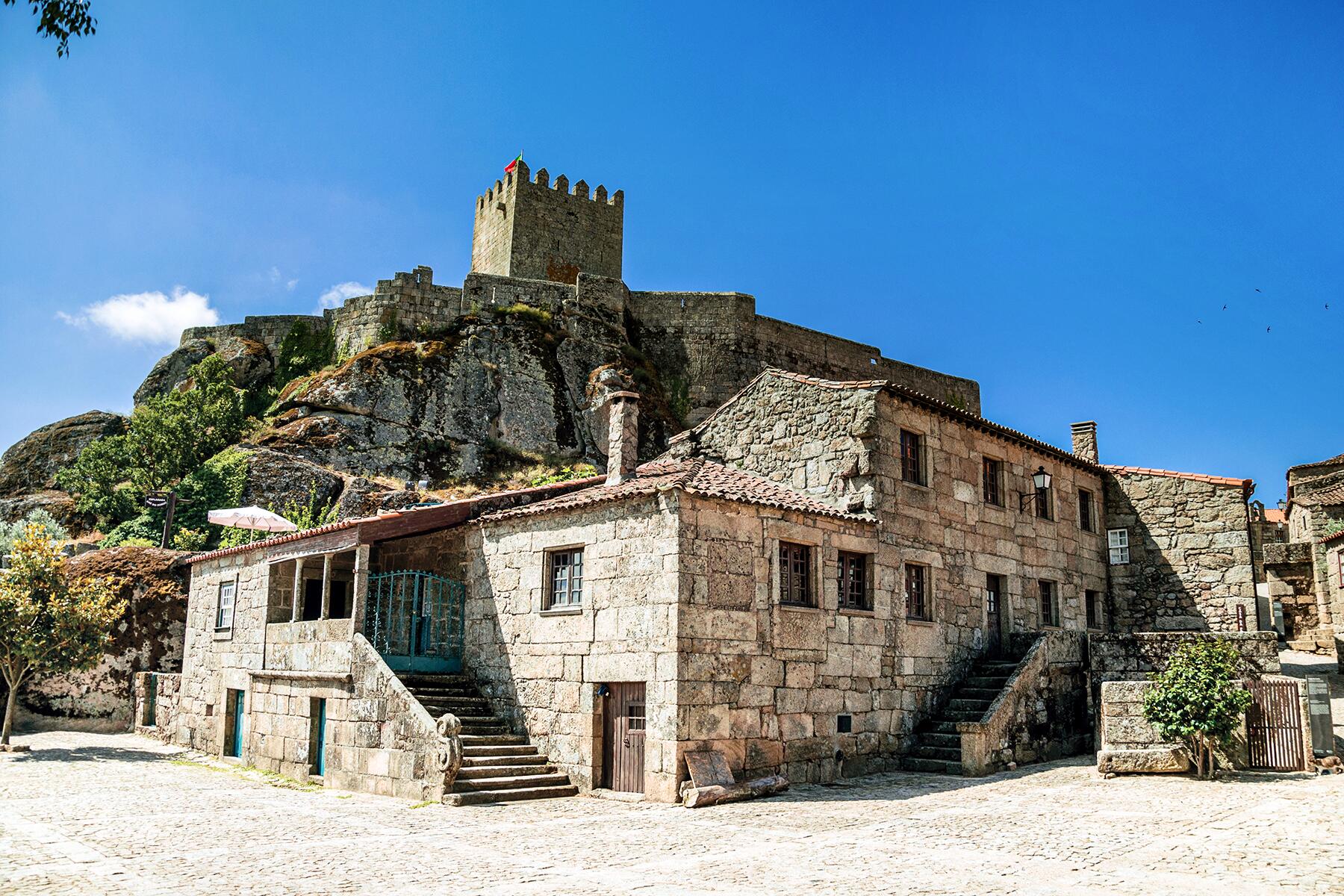
The Real Medieval Deal
WHERE: Sortelha
The oldest fortress town on Portugal’s frontier with Spain, Sortelha is a fortified hilltop village with massive, medieval stone walls, squat granite buildings topped with red, barrel-tiled roofs, and spectacular views of the surrounding countryside (Spain’s borders is less than 30 miles away). Enter the city through an impressive Gothic gate, where you can still see the openings where boiling oil and rocks were thrown down on invaders. The ruins of Sortelha’s Romanesque-Gothic rock castle dates back to the 12th century and are easily the most impressive sight in town. Looking down at the boulder-strewn landscape, you can well imagine Napoleon’s troops marching through town and blowing the castle up.
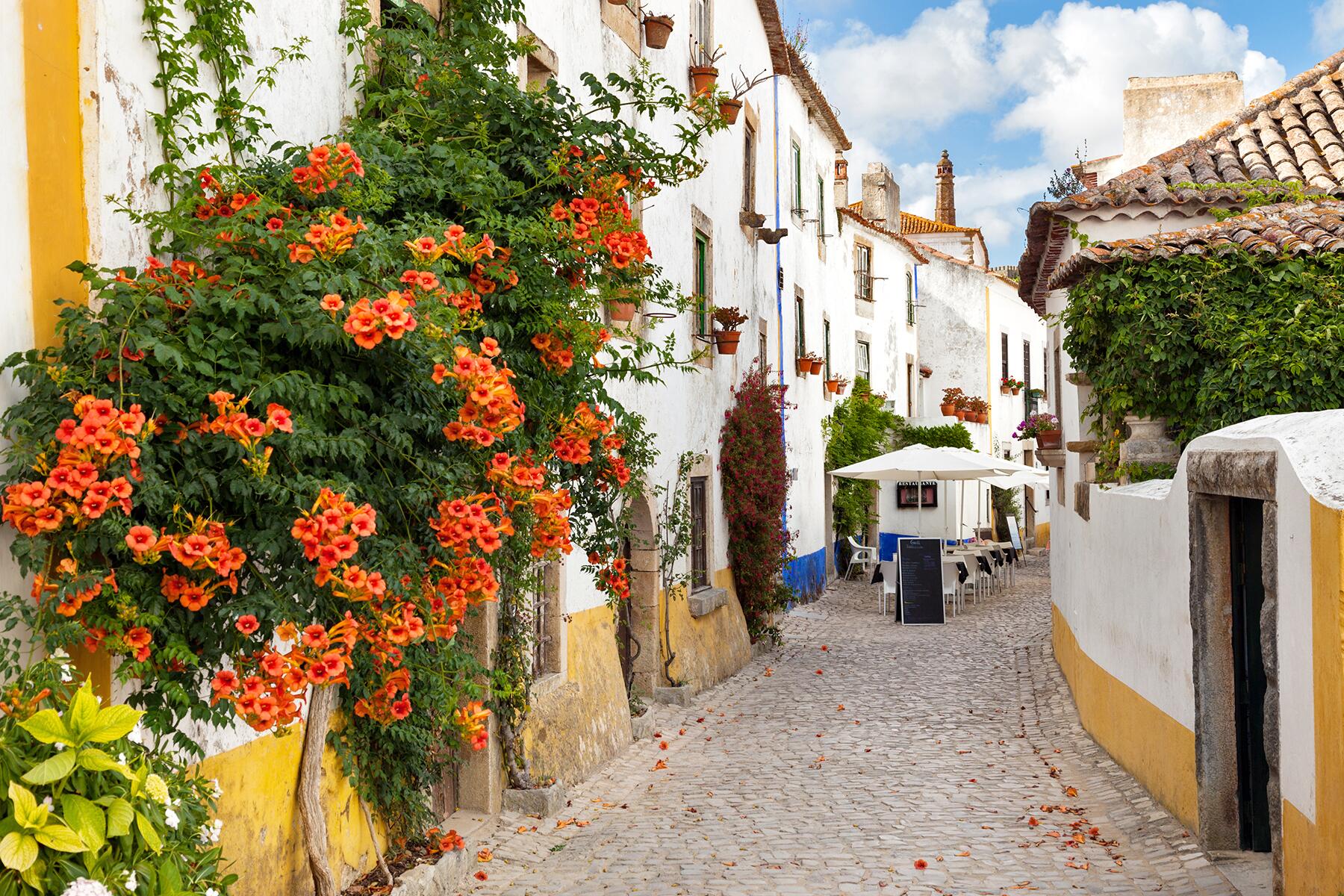
A Little Something for the Queen
WHERE: Óbidos
Hands down the most popular destination on this list, Óbidos was gifted to Queen Isabel in 1282 after she fell in love with its charming little yellow, blue, and white cottages, labyrinthine streets, and the imposing bastions and crenelated city walls. This is a must-see destination for bibliophiles—there are 14 bookstores within the city walls. The most surprising is Livraria de Santiago, which is inside of a historic church. Our favorite is the bookstore that’s taken over an old vegetable market and sells produce alongside glossy volumes on wine and travel. UNESCO named the Óbidos a City of Literature in 2015.
INSIDER TIP
Óbidos is a regular stop on tour bus routes so it becomes overrun. If you want to avoid the crowds and capture that lost-in-time vibe, arrive in the late afternoon or early evening and stay the night. Book a room at the Literary Man hotel-cum-bookstore, where walls are stacked floor to ceiling with more than 45,000 books.
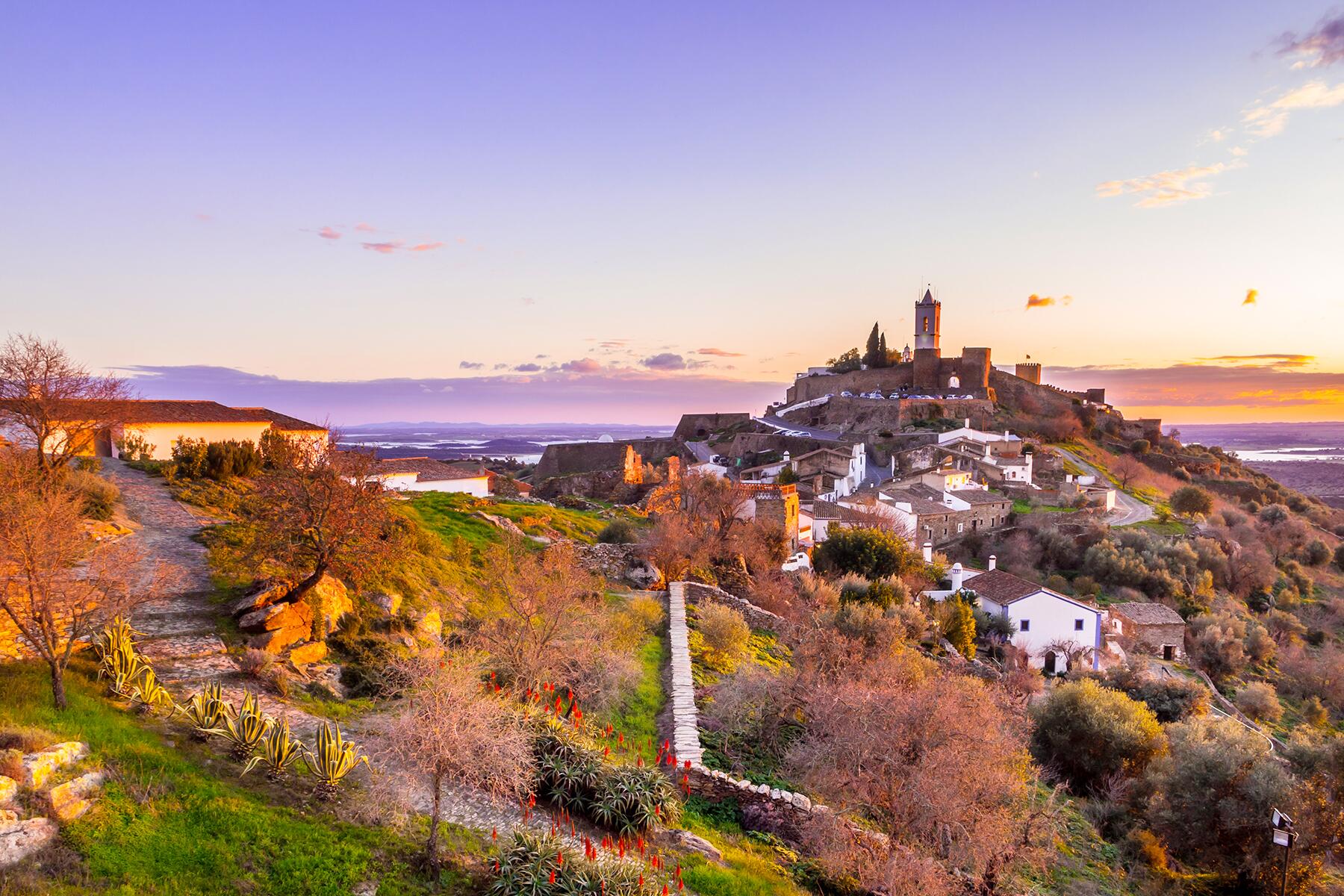
Guarded by Knights of Templar
WHERE: Monsaraz
One of the oldest settlements in Southern Portugal, tiny Monsaraz is a magical hilltop village with cobblestone streets lined with 15th and 16th century whitewashed buildings. The fortified city was at one point guarded by the Knights of Templar, who were fearful of more Arab attacks. The remarkable 13th-century castle has sweeping views of the surrounding countryside and at one point was used as for bullfighting. In the main square, across from the church, is an ornate 18th-century pillory made from local white marble and topped with a sphere of the universe. Though not this ornate, pillories are common sights in Portugal’s city squares—they were gruesomely used to publically torture and humiliate criminals.
If you’re into stargazing, spend the night in Monsaraz. It’s a Starlight Tourism Destination, meaning the light pollution is minimal and it has ideal conditions for viewing the night sky.
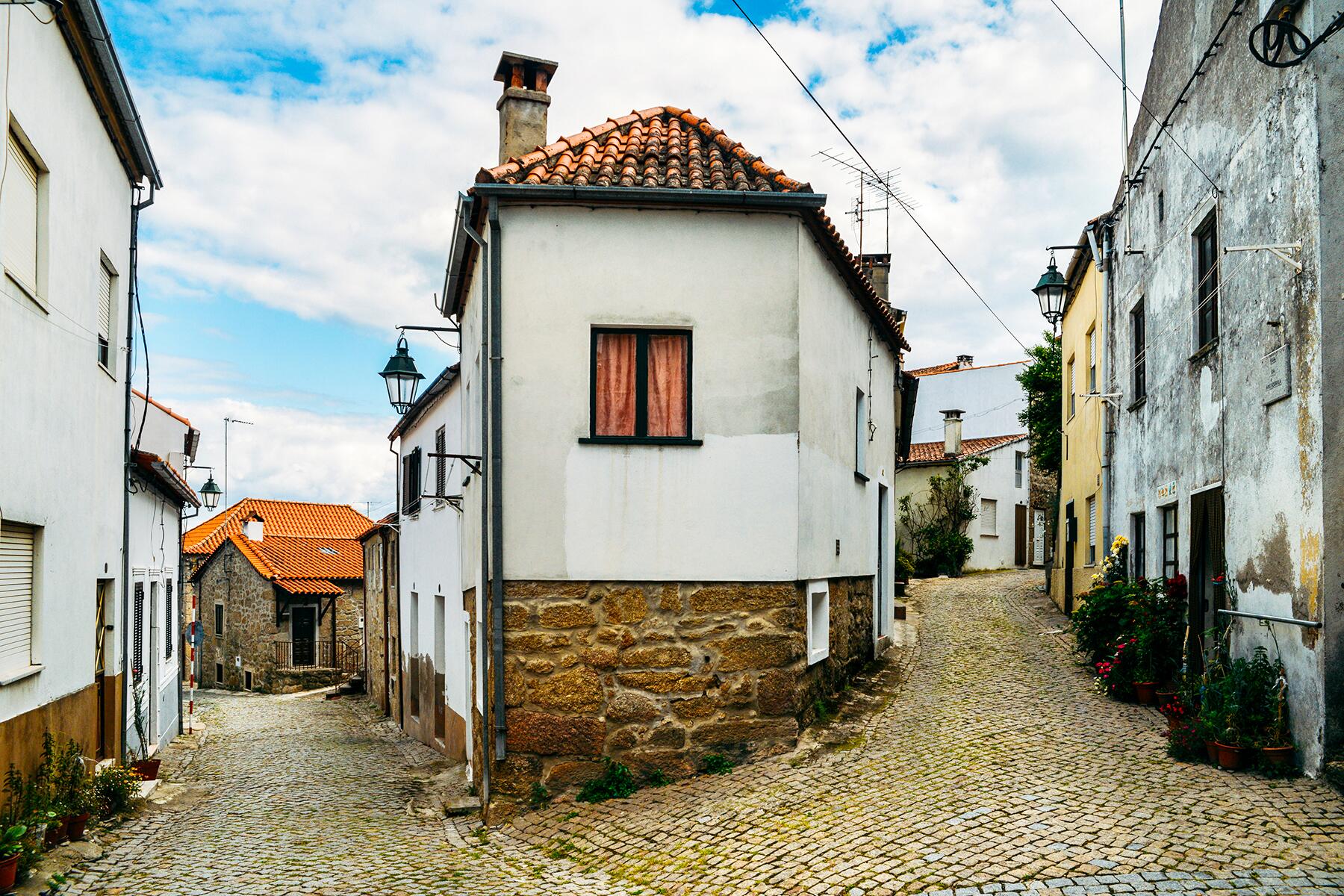
Where the Crypto-Jews Stayed Hidden
WHERE: Belmonte
Belmonte is a charming little town with a handful of excellent museums. The crumbling castle ruins are fun to explore, but it’s a little harder to capture that “lost in time” quality compared with the other villages on this list. That said, Belmont is unique in that it’s home one of the country’s most famous Crypto-Jewish communities—a group of Jewish families who went underground during the Spanish Inquisition, orally passed down traditions between mother and daughter, and arranged marriages between Jewish families. Their persecution was so intense that they stayed hidden for over 500 years and only came out at the end of the 1970s when fascism ended. Don’t miss a visit to the fascinating Museu Judaico de Belmonte, which is located in a quiet corner of Belmonte’s lovely historic center.
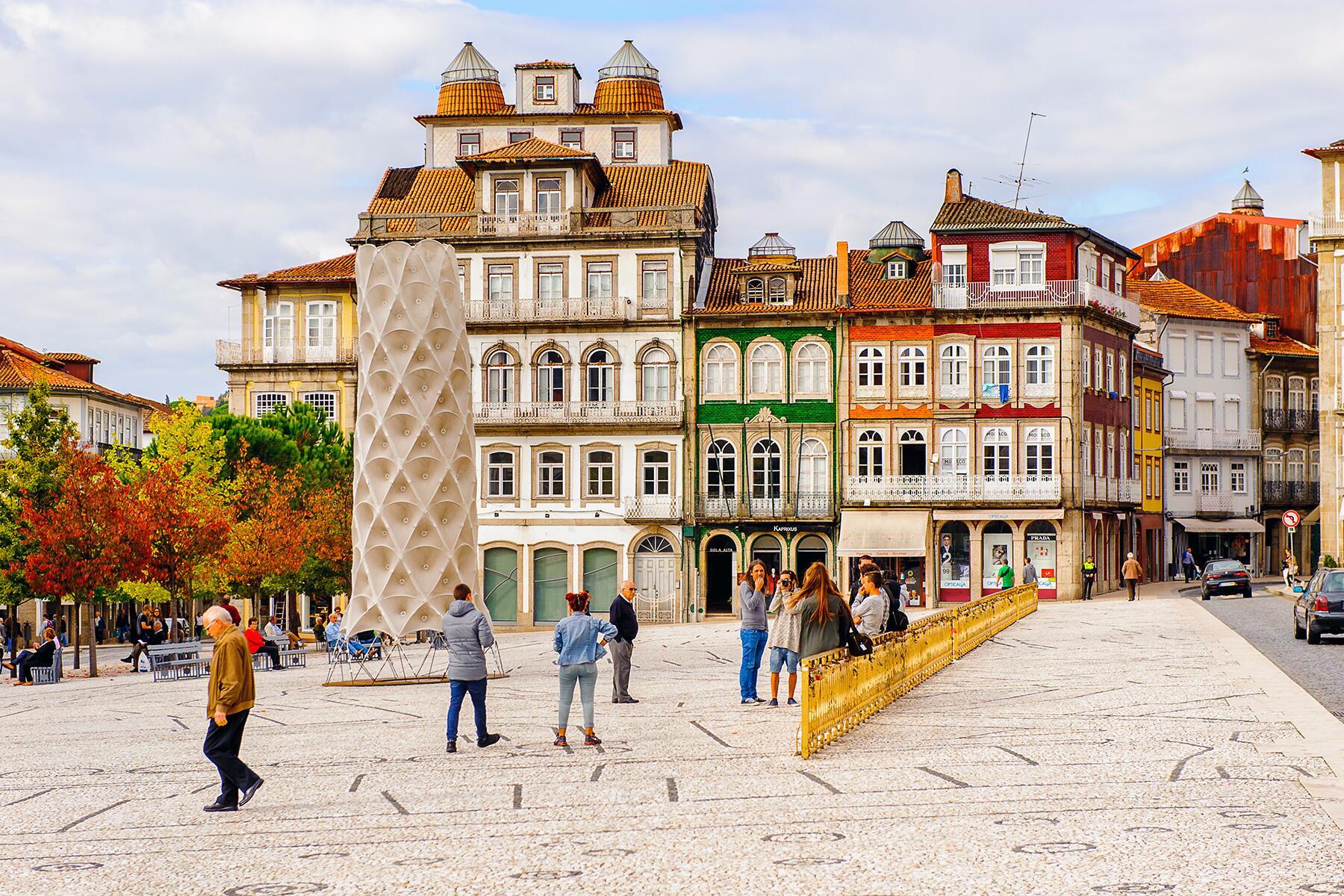
The Birthplace of Modern Portugal
WHERE: Guimarães
Not quite a village that time forgot—Guimarães became a UNESCO World Heritage Site in 2001 and was designated a European Capital of Culture in 2012—nonetheless, it’s easy to lose yourself in the old town, with its medieval buildings and baroque churches, and of course, the impressive 11th castle built high above the town. Cafés and restaurants spill out onto the city’s beautifully preserved plazas—the best being Largo da Oliveira and Praça de Santiago. Grab a seat, order a glass of effervescent Vinho Verde, and raise a toast to King Alfonso the Conqueror and the cradle of Portuguese nationality.
INSIDER TIP
Don’t give Guimarães short shrift. It’s easy to linger for a day or two and there are plenty of great hotels and restaurants here. It’s also well connected by road and rail, so it makes a good base for exploring the region and is cheaper and less crowded than Porto.
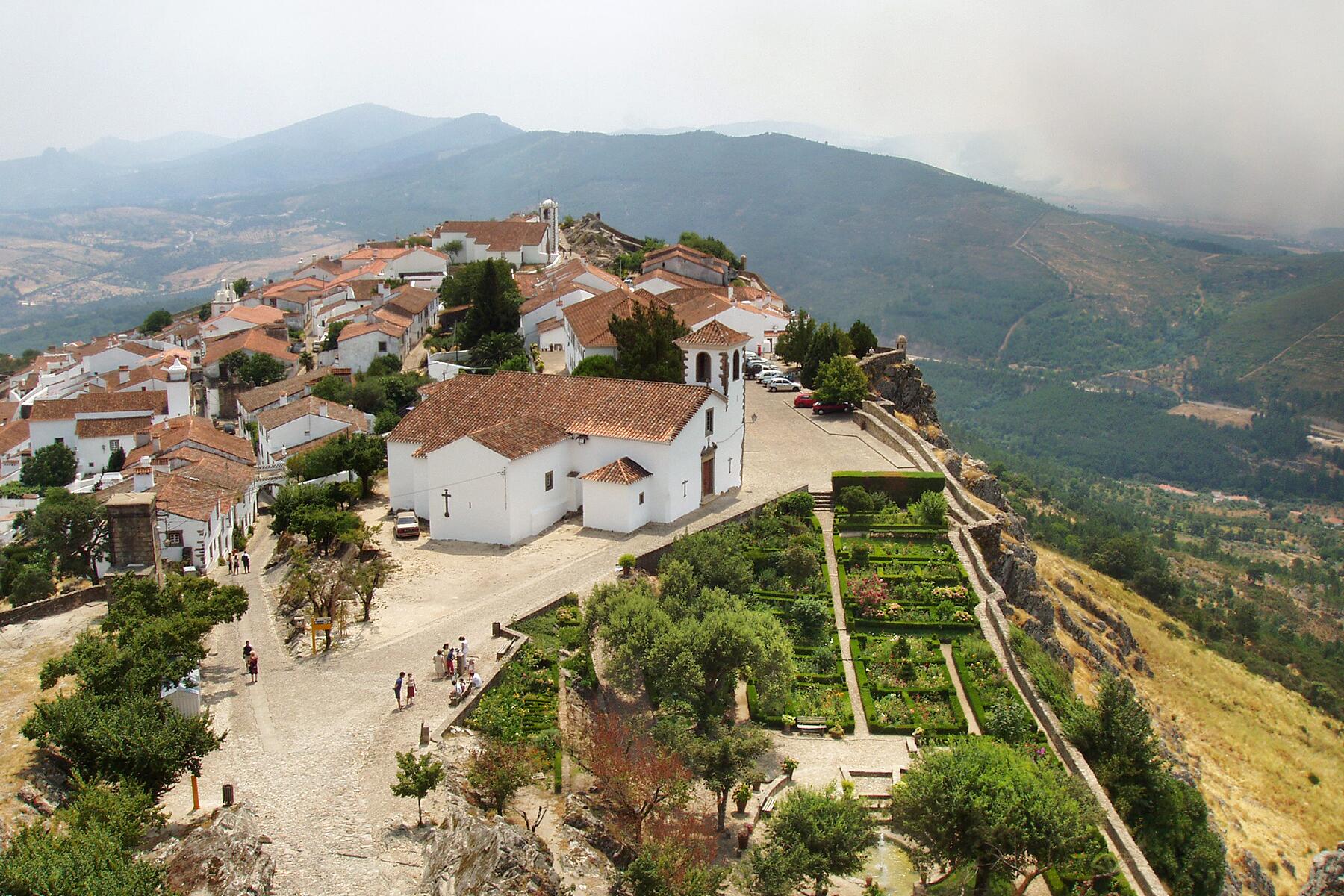
Views to D.i.e for
WHERE: Marvão
According to Nobel prize-winning author José Saramago, ‘‘From Marvão one can see the entire land,” and from atop the castle, with its 360-degree views of Alentejo’s arid plains, it certainly seems that way. The picturesque village is perched on a craggy plateau, high up the mountain. Unlike most fortified towns, the entirety of this diminutive town is inside the thick, medieval walls. Marvão’s main attraction is its decidedly creepy 13th-century castle. After taking in the staggering views from the ramparts, explore the serpentine passageways and cavernous cistern, which is still filled with water.
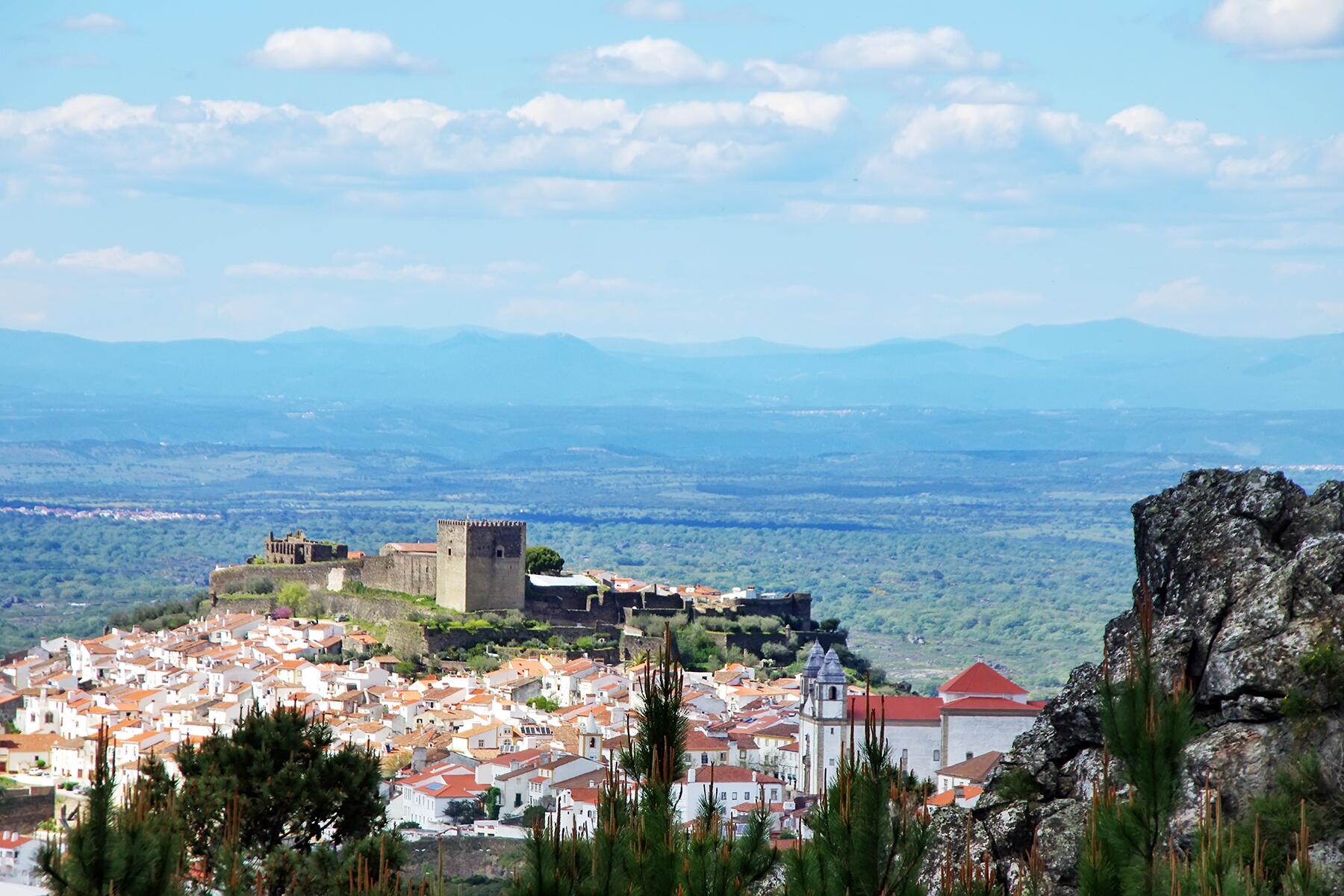
Alentejo’s Most Famous Jewish Quarter
WHERE: Castelo de Vide
Just four miles down the mountain from Marvão, Castelo de Vida is a lovely hilltop village of bright white houses, winding cobblestone streets, and a surprising profusion of well-tended gardens and pretty public fountains. It’s also home to one of the best-preserved Jewish Quarters in the country. Following the Spanish Expulsion of Jewish people in 1492, the town’s population swelled from 800 to over 4,000. The ornate Fonte de Vila (Village Fountain) on the edge of the judiaria (Jewish quarter) served as the baptismal font during the forced conversions of 1497 and the Inquisition that followed. It’s since been declared a national monument and spouts the crystal clear mineral water that the town is famous for.
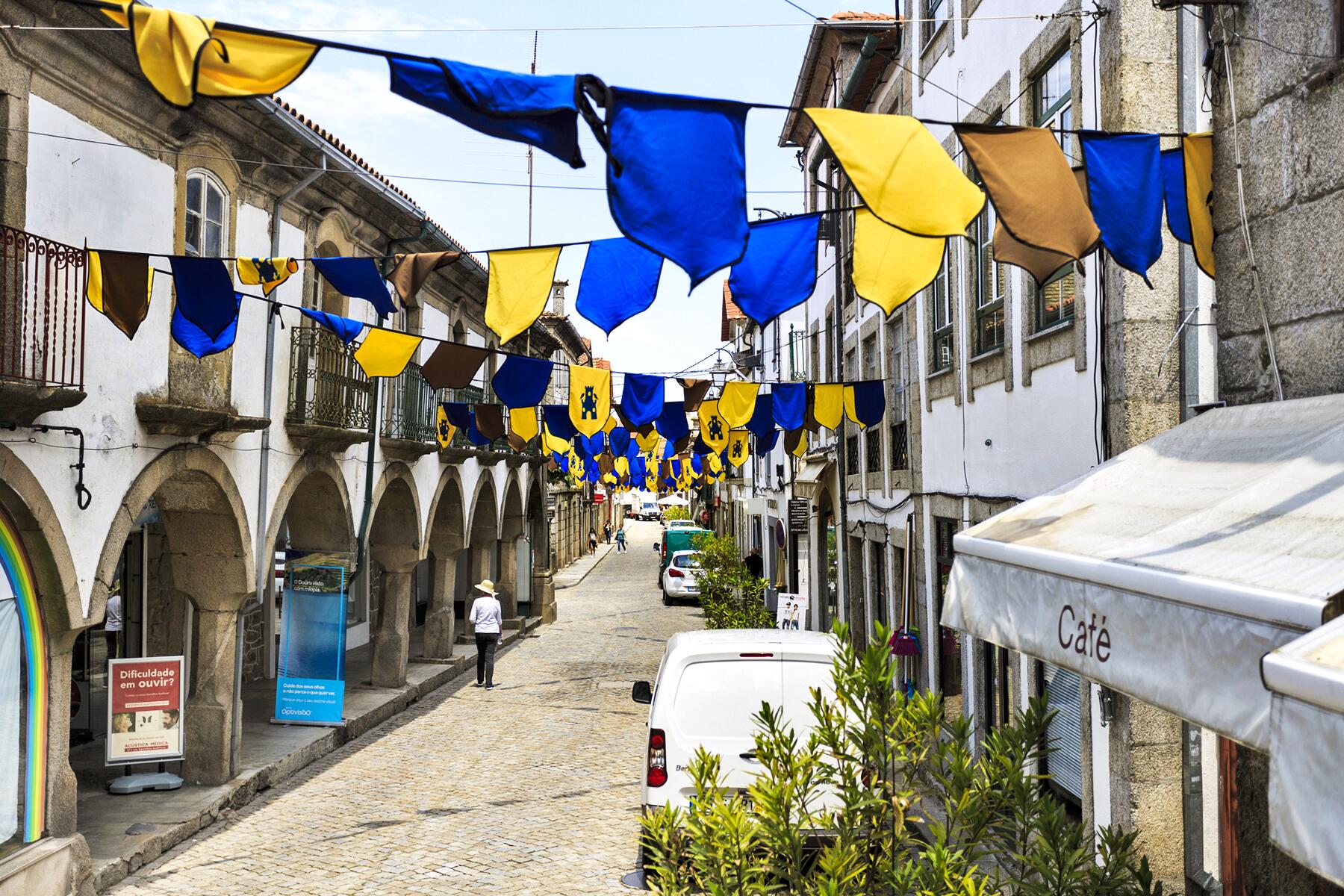
Isabel of Aragon’s Very Own
WHERE: Trancoso
Contained within imposing 13th-century fortifications, the medieval center of Trancoso is an atmospheric tangle of dark alleyways, roughly-hewn stone houses, and inviting public squares lined with cafés and restaurants. The city’s imposing castle, with its crenelated fortifications and squat Moorish tower, is where you can get a bird’s eye view of the city. The town vaulted to fame when it became the site of King Dinis’ marriage to 12-year-old Isabel of Aragon in 1282. He later gave her the entire town as a gift. Until their expulsion in the late 15th-century, Trancoso also had a large Jewish population and architectural evidence of the community can still be seen. On some of the more ancient homes in the old Jewish quarter, keep an eye out for two doorways—a broad one used for business and a narrow one for the family. By order of the Inquisition, some houses also have clumsy crosses etched into the stonework above doorways to indicate the residents were cristão-novo (new Christian converts).
Source: https://t24hs.com








